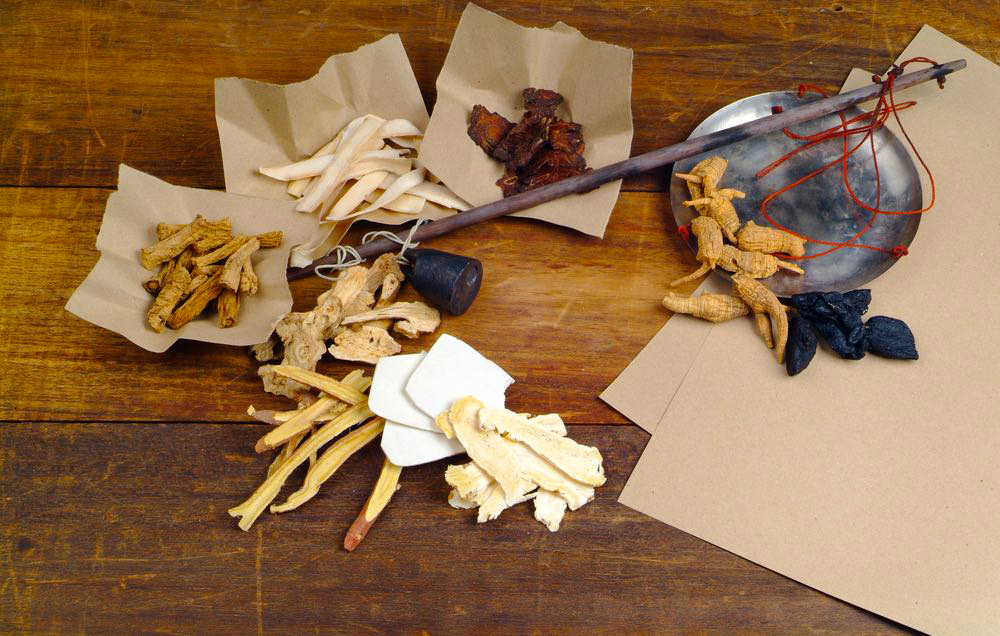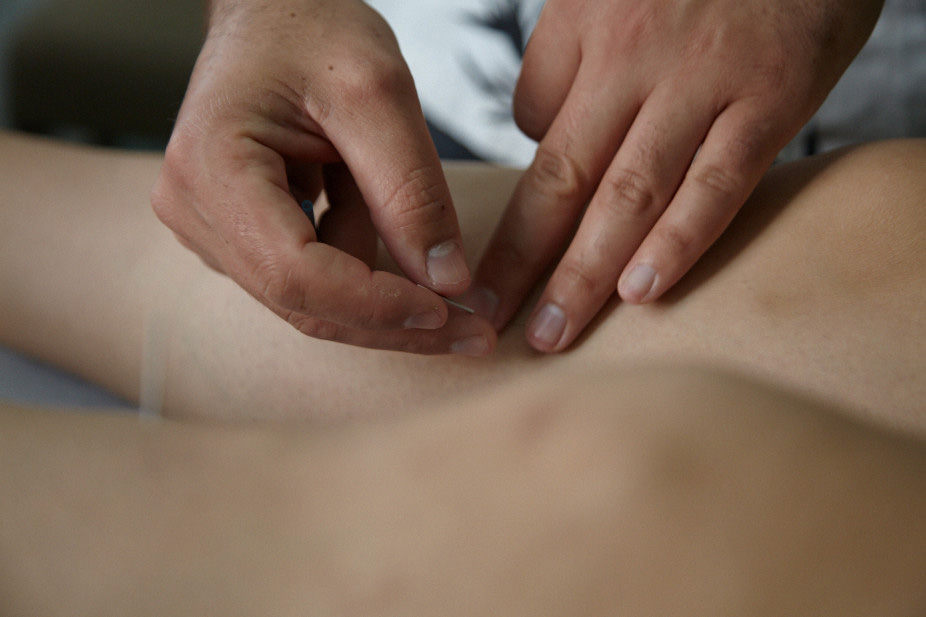Topical steroid withdrawl
Topical Steroid Withdrawal (TSW), is a challenging and often debilitating condition that affects many people who have relied on corticosteroids to treat eczema, seborrheic dermatitis, psoriasis, or other skin conditions.
It is often associated with long-term use or overuse of steroids. When the steroid is finally stopped it can lead to a rebound effect, resulting in widespread inflammation, skin burning, redness, pain, and blistering causing significant discomfort and greatly impacting an individual’s quality of life.

Chinese medicine has been used to treat skin conditions for thousands of years. According to Chinese medicine, the long-term use of steroids can suppress heat in the body, eventually causing it to flare up. Acupuncture and herbal medicine help to remove this heat and reset the body bringing it back to a state of balance. In my 18 years of experience, I have treatmed many patient with TSW through herbal medicine and acupuncture. First, we target the underlying imbalance causing the condition. Then, I customize a treatment of herbal medicine and acupuncture to correct the root and bring about long-term healing.
In this article, I will explain the exploring its underlying causes and the role of Chinese Medicine in providing relief and support during the recovery process. We will discuss the imbalances commonly associated with TSW, such as Heat, Toxicity, and Dampness, and how herbal medicine and acupuncture can address these issues to promote healing by bringing the body back to health.
What is Topical Steroid Withdrawal (TSW)?
Topical Steroid Withdrawal (TSW) is a condition that occurs when a person experiences a rebound effect after discontinuing the use of topical corticosteroids. The overuse or prolonged use can lead to dependence and a range of withdrawal symptoms when individuals try to stop using them.
The symptoms of TSW can vary in severity and duration, but often include:
- Intense redness and inflammation of the skin
- Burning, itching, and stinging sensations
- Swelling, oozing, and crusting of the skin
- Skin dryness, flaking, and peeling
- Insomnia and anxiety due to discomfort
- Temperature sensitivity and skin sensitivity to touch
Causes of TSW
TSW is primarily caused by the overuse of topical corticosteroids. These medications suppress the body’s natural inflammatory response and are needed in many cases to provide relief for many skin conditions. However, this also leads to the skin becoming dependent on the medication to control inflammation. When a person stops using the medication, the suppressed inflammation can rebound, causing severe symptoms of TSW.
Chinese Medicine and TSW
As a Doctor of Acupuncture and Chinese Medicine, my goal is to address the root cause of a health issue rather than just treating the symptoms. By focusing on the root cause, we can provide a sustainable and long-lasting solution to TSW.
One of the strengths of Chinese herbal medicine lies in its ability to be tailored specifically to each patient’s unique needs and imbalances, allowing for a more targeted and personalized approach to healing. The choice of herbs and their combinations are carefully selected based on an individual’s specific symptoms, constitution, and the underlying imbalances contributing to the condition.
The most common underlying imbalances with TSW include Heat, Toxicity, and Dampness. During the initial consultation, we will review your medical history, observe the skin, and take your Chinese medicine pulse and tongue. This information allows me to create a picture of the imbalances which are underlying your TSW. The treatment, which includes herbs and acupuncture, aims to correct these underlying imbalance, bringing the body back to health.

Inflammation Causes Heat and Toxicity
In Chinese medicine, steroids suppress heat, rather than clear it from the body. This allows for heat to build up in the body over the long term. When the steroids are stopped, the suppressed Heat resurfaces, leading to TSW symptoms.
Heat is characterized by symptoms such as redness, inflammation, burning, and itching. Clearing Heat is a primary focus in treating TSW, using cooling and detoxifying herbs and acupuncture treatments to reduce inflammation and alleviate symptoms.
Toxicity is a form of extreme heat that many patients with TSW have. Herbs that clear toxic heat is well known to be anti-inflammatory but do not surpress the body’s natural healing process.
Dampness and damp heat are also often factors in TSW. Dampness can manifest as oozing, weeping, blisters, or swelling of the skin. The presence of Dampness may also accompany a weakened digestive system, which can affect the body’s ability to properly process and eliminate toxins.

Another fundamental concept in Chinese Medicine is Qi, or the body’s vital energy. When Qi is abundant and flowing smoothly, the body can effectively fight off disease and maintain good health. However, when Qi is stagnant or deficient, the body becomes more susceptible to illness and imbalances. In the case of TSW, the prolonged use of topical steroids and the stress of the condition itself may have weakened the body’s Qi, making it difficult for the body to naturally regulate inflammation and heal the skin. This is another factor that we address through the treatment.
The herbal formula may be adjusted over time as your condition improves or we need to focus on different aspects of the underlying imbalance. This flexibility allows for continuous fine-tuning of the treatment plan, ensuring the best possible outcomes for each individual.
Acupuncture
Acupuncture is also a part of my approach for treating TSW.
Like herbal medicine, acupuncture is personalized to address the specific imbalances causing the TSW.
The acupuncture point prescription will regulate the flow of Qi and blood, clear Heat and Toxicity, and address Dampness.

Acupuncture has been shown to have many health benefits which are important for helping people with TSW such as:
- Reducing inflammation: Acupuncture can help regulate the body’s inflammatory response by stimulating the release of anti-inflammatory substances and promoting blood circulation.
- Itch Reduction and Pain relief: Acupuncture has been shown to reduce itching which may be related to it’s ability to relieve pain and stimulate the release of endorphins, the body’s natural pain-relieving chemicals. This can be particularly helpful for individuals experiencing discomfort or burning sensations due to TSW.
- Strengthening the immune system: By stimulating the body’s natural defense mechanisms, acupuncture can help support and balance the immune system, which is essential for healing and recovery during TSW.
- Stress reduction: TSW can be a physically and emotionally challenging experience. Acupuncture has been found to have a calming effect on the nervous system, reducing stress and anxiety levels, which can help individuals better cope with the emotional aspects of TSW.
Treatment course
The treatment course for Topical Steroid Withdrawal (TSW) can vary significantly from one individual to another, depending on the severity of the condition, the potency and duration of the topical corticosteroid used, and the individual’s overall health and immune system.
Typically treatment course is 3-6 months. We want to see some changes in the skin within 3-6 weeks and then a gradual improvement over the course of the treatment.
Chinese medicine is not an overnight fix. But by changing the underlying imbalances and resetting the body, we can see long-term improvements.
In conclusion, Topical Steroid Withdrawal (TSW) is a complex and challenging condition that results from the long-term use and discontinuation of topical corticosteroids.
By addressing the underlying imbalances and symptoms associated with TSW, a comprehensive and holistic treatment approach can provide relief and support during the recovery process.
Chinese Medicine and acupuncture when combined, can offer a powerful and synergistic method for treating TSW and promoting overall well-being. Please give us a call at 212-319-5757 or click here to schedule an appointment.

References
- Hajar, T., Leshem, Y. A., Hanifin, J. M., Nedorost, S. T., Lio, P. A., Paller, A. S., … & Block, J. (2015). A systematic review of topical corticosteroid withdrawal (“steroid addiction”) in patients with atopic dermatitis and other dermatoses. Journal of the American Academy of Dermatology, 72(3), 541-549.e2.
- Fukaya, M., Sato, K., Sato, M., Kimata, H., Fujisawa, S., Dozono, H., … & Ogawa, Y. (2014). Topical steroid addiction in atopic dermatitis. Drug, Healthcare and Patient Safety, 6, 131-138.
- Sheary, B. (2016). Topical corticosteroid addiction and withdrawal: An overview for GPs. Australian Family Physician, 45(6), 386-388.
- Hwang, J., & Lio, P. A. (2022). Topical corticosteroid withdrawal (‘steroid addiction’): an update of a systematic review. J Dermatolog Treat, 33(3), 1293-1298.